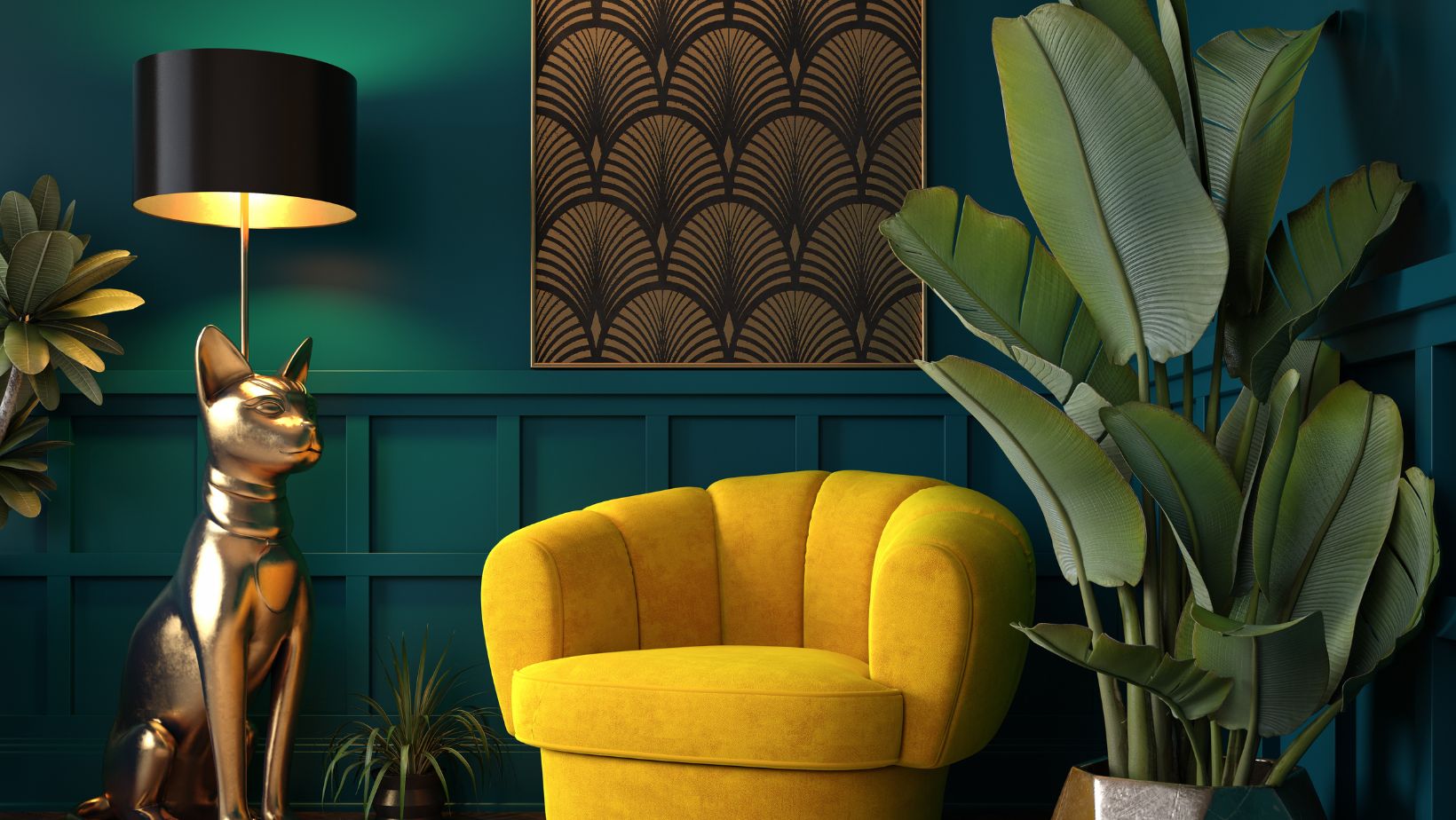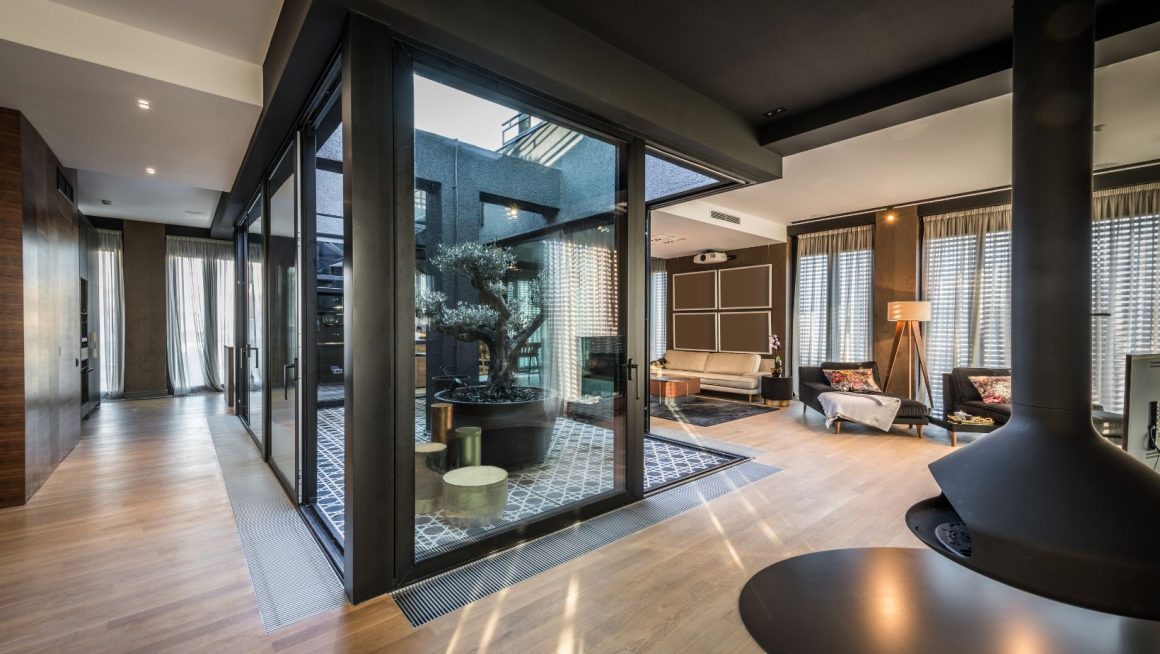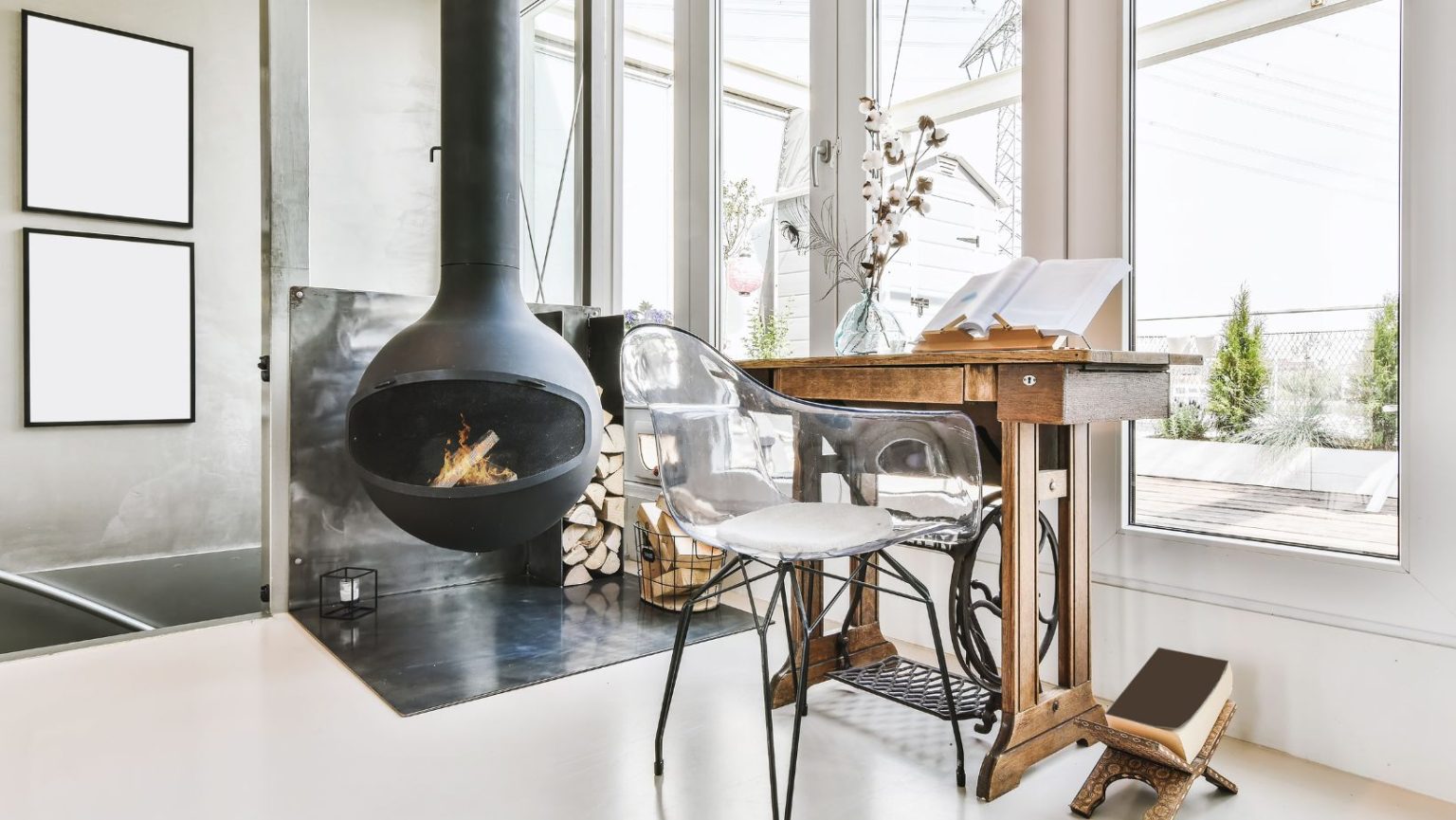Is the future of interior design truly here, reshaping how we envision and experience our living spaces? The answer is a resounding yes, as Artificial Intelligence (AI) is revolutionizing the industry, offering unparalleled capabilities and transforming the creative process.
AI has undeniably changed numerous industries, and interior design is no exception. AI-powered tools are no longer futuristic concepts; they're practical solutions. These innovative applications are readily available to homeowners, design professionals, and commercial property owners alike. These tools offer unique avenues for creating spaces that are both beautiful and highly functional. We find ourselves at a pivotal moment, where the convergence of technology and artistic vision promises to redefine the very essence of interior design. Considering the rapid pace of these developments, it's worth exploring the top AI interior design tools poised to make a significant impact in 2025 and beyond.
Before delving into specific tools, it's vital to understand the profound impact interior design has on our lives. Interior design is not merely about aesthetics; it significantly affects the mood and productivity of those who inhabit a space. For instance, embracing bright colors and open layouts can stimulate creativity, while the inclusion of warm, muted tones may foster a calming atmosphere. Moreover, well-executed design contributes to the overall value of a home, rendering it more appealing to potential buyers. This underlines the importance of thoughtful design decisions, from the selection of furniture to the arrangement of lighting, all of which contribute to a cohesive and beneficial living environment.
- Find Somali Wasmo On Telegram Join Now
- Movie News Updates Bollywood Hollywood Sky Movies 2025 Stay Informed
Beyond the confines of the home, the principles of good design extend to outdoor spaces as well. When it comes to landscaping, decoration plays a crucial role in enhancing the overall appeal of these areas. Whether its a residential garden or a commercial property, the right decorations can transform a dull area into a vibrant and inviting space, further emphasizing the integral role of design in enhancing the quality of life.
In the ever-evolving landscape of interior design, there's a constant need to stay informed. Resources like those offered by firms such as KD Architects are invaluable. These establishments frequently feature informative articles, design tips, and emerging trends to keep both professionals and enthusiasts abreast of the latest innovations. Their websites serve as dynamic hubs, showcasing how design and aesthetics can enhance architectural projects. This comprehensive approach ensures that clients and followers are equipped with the knowledge needed to make informed decisions and inspire creativity.
To fully appreciate the transformation, let's delve into the digital realm. One of the most significant changes is the adoption of Virtual Reality (VR) tools. These tools are pivotal in enabling designers to give new creative life to their ideas. VR allows designers to create interactive projects where clients can engage in ways never before possible, offering a truly immersive experience. These tools streamline the entire design process, from conceptualization to presentation, enhancing collaboration and client satisfaction. By leveraging VR, designers can bridge the gap between imagination and reality, creating a far more engaging and informed process.
- Telegram For Somali Community Find Channels Updates
- The Internet Online Services Your Guide To Digital Life
Another key player in this evolution is the utilization of social media platforms like Instagram. This platform has become a central hub for showcasing interior design work. It offers designers a dynamic platform to connect with potential clients and peers. With an audience exceeding 500 million active daily users, Instagram provides a rich environment for creative professionals to expand their reach, allowing them to share their work and build their brand. This allows for greater accessibility and visibility, making it easier for clients to discover and connect with designers whose work aligns with their preferences.
In the broader scope of design and innovation, the concept of "morphing design ideas" is gaining traction. Firms like KD Architects are reshaping the landscape of architecture through their unique approach to design ideas. From sleek modern concepts to timeless classics, they blend creativity and functionality seamlessly. This morphing approach focuses on creating spaces that resonate with the people who live in them, prioritizing the user experience and enhancing the quality of life. The blending of creativity with functionality is not only a trend, but it is also becoming essential for professionals in the design field.
Here's a comprehensive look at some of the top AI interior design tools expected to dominate in 2025. Each tool offers unique features and benefits, catering to various design needs and preferences:
1. AI-Powered Room Planners: These tools allow users to upload photos of their rooms and receive suggestions for furniture placement, color schemes, and overall design concepts. They use AI algorithms to analyze the existing space and provide personalized recommendations, streamlining the design process. These tools are perfect for homeowners and small business owners looking for quick, efficient design solutions.
2. AI-Driven 3D Modeling Software: While traditional 3D modeling software requires significant technical skills, AI is making it accessible to everyone. These tools can generate 3D models of rooms and buildings based on user inputs. Users can easily adjust layouts, add furniture, and visualize different design options in real-time. This offers professionals and amateurs the ability to visualize complex designs without extensive training.
3. AI-Based Material and Furniture Suggestion: These tools help users select materials and furniture that complement their existing design. They analyze user preferences, design style, and budget to provide tailored recommendations. The result is a highly curated selection, helping designers and homeowners make informed choices, and staying within budget.
4. Virtual Reality (VR) Design Platforms: VR technology allows users to step inside their future spaces. Designers can create immersive environments where clients can explore different design options and experience the space before it is built. VR platforms provide an unparalleled level of engagement, allowing for better communication and feedback, resulting in more satisfactory results.
5. AI-Powered Lighting and Color Analysis: These tools analyze the lighting conditions of a space and suggest optimal lighting solutions and color palettes. They consider natural light, room dimensions, and user preferences to create the best possible lighting scheme, significantly impacting the mood and functionality of the space. This focused approach is a game changer for optimizing space.
6. Automated Design Assistants: Designed to streamline various aspects of the design process, these assistants can handle tasks such as generating floor plans, creating mood boards, and managing project timelines. They free up designers' time, allowing them to focus on the more creative aspects of their work and improve overall productivity.
These innovative AI tools are rapidly transforming the interior design landscape, offering new possibilities for both professionals and enthusiasts. These tools are not just about aesthetics; they're about enhancing the user experience, improving the quality of life, and ensuring that interior spaces are both visually appealing and practical.
In addition to the technological advancements, it's important to understand the impact of interior design on well-being and productivity. The environment that surrounds us profoundly influences our mood and our ability to perform. This is especially pertinent considering the amount of time people spend indoors. An environment that fosters creativity, such as one with bright colors and open layouts, can provide inspiration. Conversely, a serene setting characterized by warm, muted tones, can promote relaxation and ease stress. By understanding the influence of the built environment, interior designers can ensure the spaces they create are both functional and aligned with the users' needs.
The firm KD Architects exemplifies this understanding, showcasing how design and aesthetics can enhance architectural projects. Their work highlights a keen focus on detail, spatial harmony, and client preferences. Their website, with its emphasis on visual appeal and user experience, offers informative articles, design tips, and trends to keep clients and followers informed. These firms excel in creating interior environments that enhance user experiences by selecting materials, textures, and layouts that reflect client lifestyles. The firm ensures that the designed spaces are both visually appealing and practical.
The profession of interior design itself is demanding, requiring creativity, focus, and physical stamina. From meeting with clients to overseeing projects, the job can be mentally and physically exhausting. However, the benefits of creating beautiful, functional spaces that enhance people's lives make it all worthwhile. This is a key point to keep in mind when considering a career in the field.
The evolution of interior design continues to be shaped by evolving styles and technology. One of the styles that is always changing is the contemporary interior design style. It focuses on the design trends of today or could be called complete of the moment. This style is more fluid, and its aesthetic is sleek and spatially simple. The ability to morph design ideas, is helping designers create spaces that resonate with the people who live in them.
In summary, interior design is a dynamic field, constantly being reshaped by AI, new design philosophies, and shifting client expectations. The emergence of AI interior design tools is accelerating this evolution, offering new ways to create beautiful, functional, and personalized spaces. Staying informed and leveraging these innovations will be essential for any homeowner, professional, or commercial property owner looking to create exceptional interior environments. Whether you are a seasoned professional or an enthusiastic homeowner, incorporating these technologies is now more accessible than ever, enabling everyone to transform their vision into reality.
For further insights and inspiration, consider exploring resources offered by design firms and educational platforms, which provide valuable information about industry trends, design techniques, and case studies. By embracing these resources and innovations, you can stay at the forefront of the interior design revolution and unlock the full potential of your creative vision. This forward-thinking approach ensures that designs are not only aesthetically pleasing but also seamlessly aligned with the latest technological and philosophical advancements in the field.
- Somali Wasmo On Telegram Find Join Channels Now
- Wasmo Somali Telegram 2025 Your Ultimate Guide Insights


